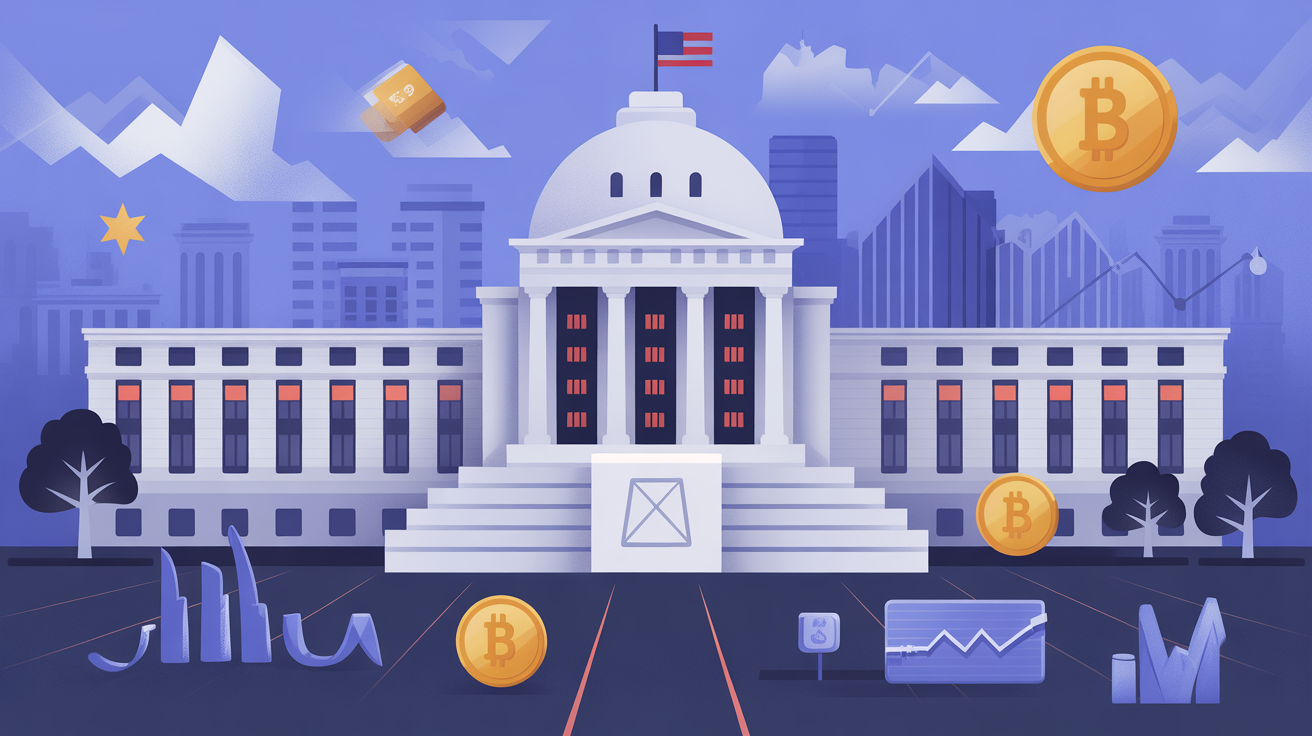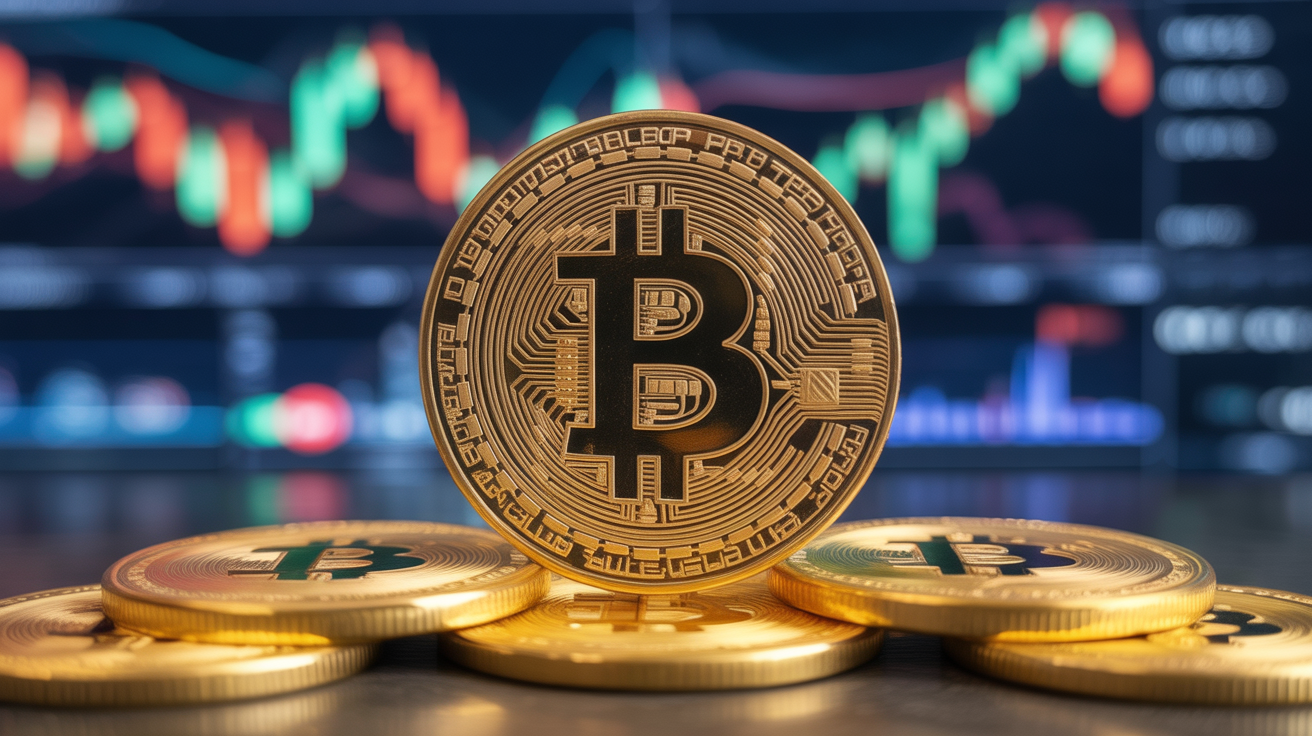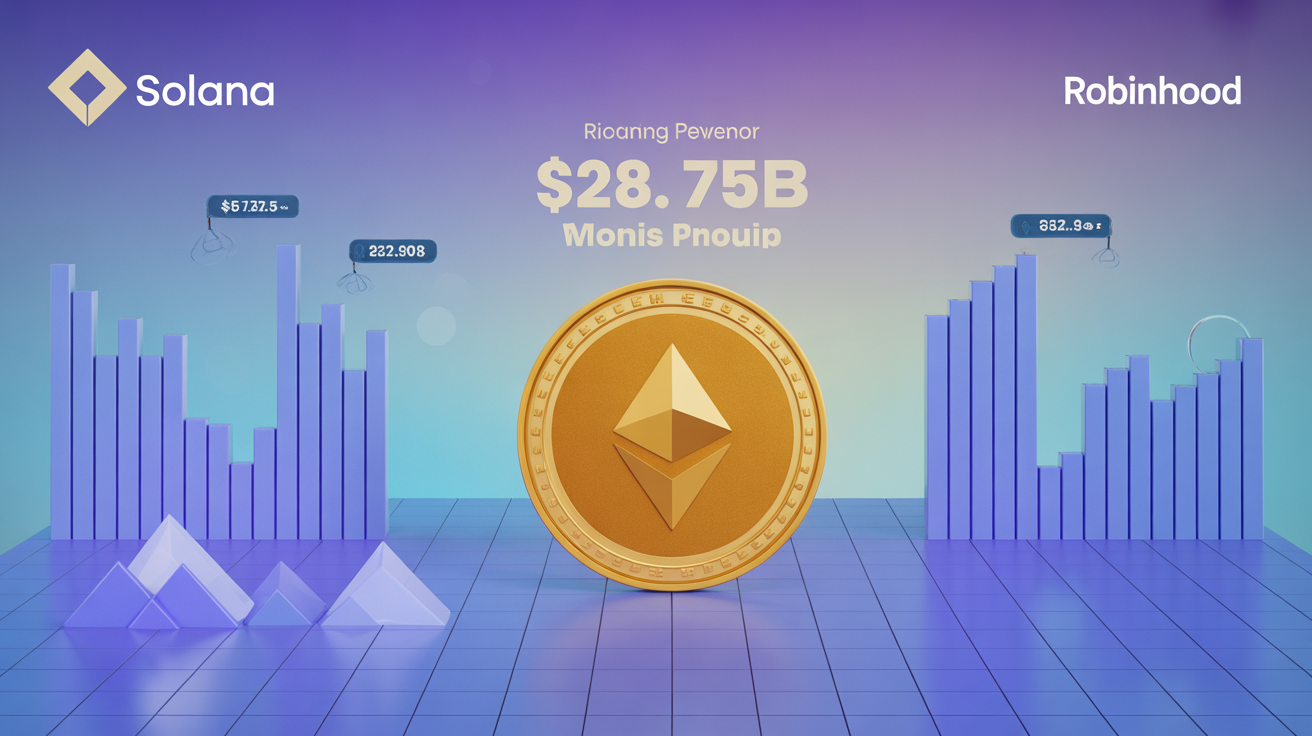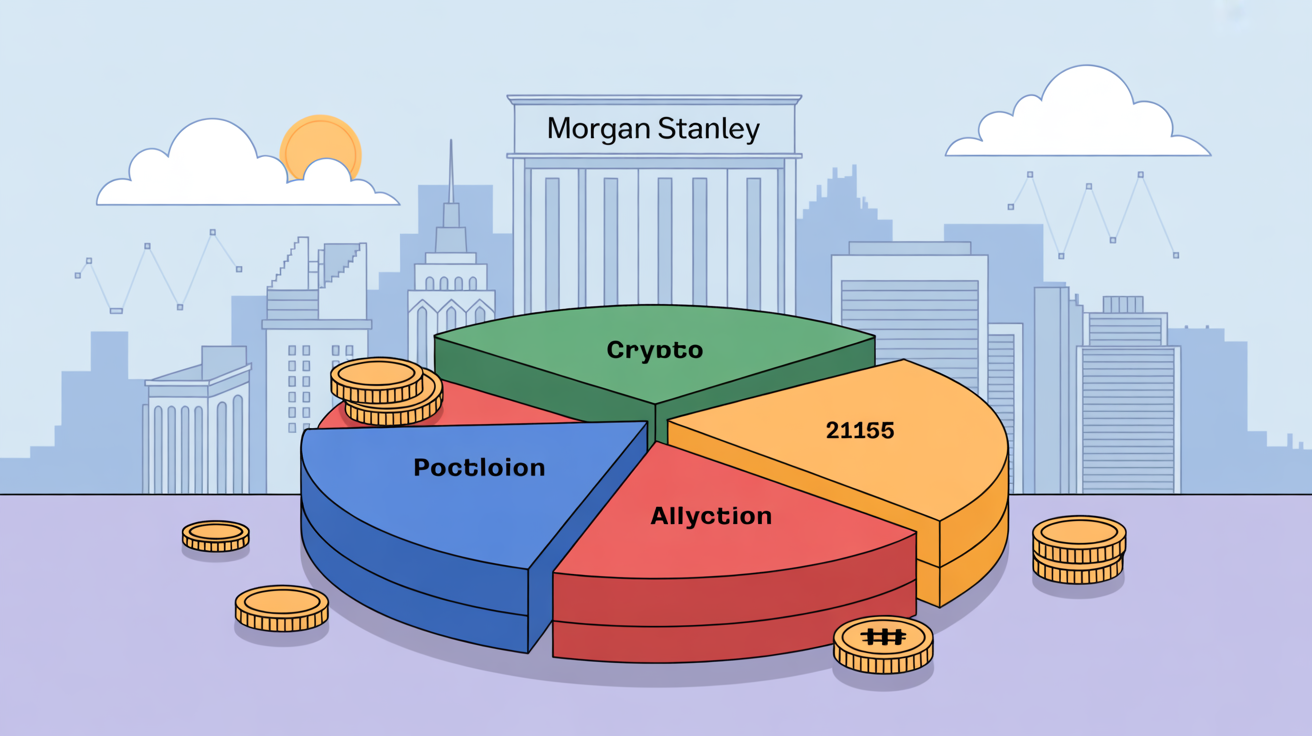
The Fed’s Oct. 29 Decision Could Shock Markets as Shutdown Clouds Data Outlook
Markets are on edge ahead of the Federal Reserve’s Oct. 29 FOMC decision, with U.S. stocks and Bitcoin vulnerable to volatility as the ongoing government shutdown disrupts critical economic data releases.
Data Blackout Ahead of Key Fed Meeting
A partial federal government shutdown that began on Oct. 1 has halted many nonessential operations, including the Bureau of Labor Statistics (BLS), delaying the September jobs report — a cornerstone for the Fed’s assessment of labor market strength.
The blackout leaves the Fed without vital wage and employment data just weeks before its Oct. 28–29 meeting, where it will decide the next interest rate move.
Risk Appetite Stays High Despite Uncertainty
Despite data gaps, risk sentiment remains firm. Gold closed Friday at $3,886 per ounce, up 48% year-to-date, according to GoldPrice.org — buoyed by central bank purchases, persistent inflation fears, and de-dollarization efforts among BRICS nations.
Bitcoin meanwhile traded around $123,196, just shy of its all-time high of $125,506, supported by strong ETF inflows and institutional participation.
U.S. equities also remain elevated: the Dow Jones Industrial Average ended the week at 46,758.28, while the S&P 500 hit 6,715.79, signaling confidence that the Fed’s policy path will remain supportive.
With gold, BTC, and equities all near record levels, markets appear priced for further rate cuts amid stubborn global inflation and rising liquidity expectations.
Markets Expect a 25 Basis-Point Cut
Futures markets are nearly unanimous. The CME FedWatch Tool shows a 96.2% probability of a 25-basis-point rate cut and just 3.8% odds of no change.
Decentralized prediction platform Polymarket reflects similar sentiment, assigning a 90% chance of a 25 bps cut, 8% for no change, and 3% for a 50+ bps move.
Why a Fed Pause Remains a Real Possibility
However, the ongoing shutdown complicates the Fed’s calculus. Without updated BLS data, policymakers may hesitate to cut rates without visibility into wage pressures or employment trends — effectively “flying blind.”
In such data-scarce environments, the Fed has historically leaned toward caution, favoring policy stability over aggressive moves.
The shutdown also creates direct economic drag — furloughing workers and weighing on spending — but its scale remains uncertain. A premature easing could worsen inflation expectations, while a surprise pause might unsettle markets already positioned for cuts.
Given these crosscurrents, the FOMC could still proceed with a 25 bps cut to preserve confidence, but a pause is not off the table — a scenario that could jolt both equities and crypto markets.
Private and Regional Data Fill the Gap
In the absence of federal data, the Fed will rely more heavily on private and regional indicators such as ADP employment, ISM surveys, and regional Fed manufacturing indexes.
Should these show softening inflation and slower growth, Chair Jerome Powell could justify a modest cut. Conversely, signs of persistent inflation may tip the balance toward a pause, creating a potential divergence from market expectations.
If the shutdown ends mid-October, a delayed September jobs report could still arrive before the meeting, providing late but crucial guidance.
Why a 50 Basis-Point Cut Is Unlikely
A half-point cut is viewed as highly improbable. Inflation remains above the Fed’s 2% target, particularly in the services sector, where wage pressures persist.
Such a move would risk signaling premature easing — something Powell has repeatedly cautioned against — and could undermine market confidence in the Fed’s inflation-fighting credibility.
How Investors Can Hedge a Fed Surprise
Given the slim but impactful risk of a policy pause, traders may want to prepare for volatility. Possible hedging strategies include:
- Buying put options on Bitcoin or major equity indices to offset downside risk.
- Reducing leverage or trimming exposure to volatile assets.
- Increasing allocations to gold or Treasuries as safe-haven buffers.
- Using volatility ETFs or structured products to benefit from market turbulence.
Institutional players routinely employ such tactics — and retail investors now have more low-cost avenues to do the same.
Bottom Line
The Oct. 29 FOMC decision looms as a potential turning point. Markets are overwhelmingly positioned for another rate cut — but with key data missing and uncertainty mounting, the Fed could still surprise. For traders, that possibility alone makes hedging a priority.




















